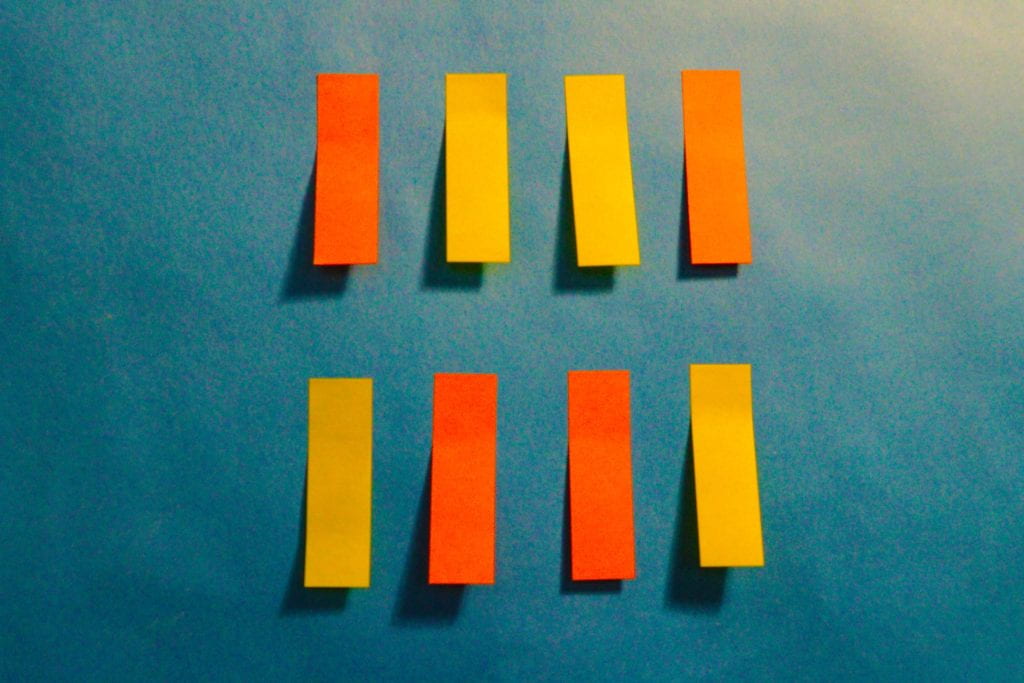
10 tips for photographers
- lighting is everything in photography- in every pictures it needs to include good lighting for a good picture
- shoot first buy stuff later- its best to learn to take pictures before buying all the stuff for a photographer.
- experiment and play – make up a image you would like and try to experiment that picture(recreating the picture in your head)
- learn by adjusting- learn how to set your exposure and ISO to the right settings
- your profile your porfolio- set up a social media account to post all your work so you can look back at it and for other people to see
- eyes are the prize – the eyes show emotion, joy and anger which is good for pictures.
- youre in raw right?- raw images will allow more forgiving post work with more data and detail to make your image
- Establish Your Own Compositional Rules- Whether it’s an adherence to the rule of thirds, a love of circles, filling the frame
- No Matter How Pro You Get, It’s Still a Passion Play- Your passion for creating beautiful images of things that interest you is the underlying motivating force behind every shoot you do.
- It’s All in the Details- The more light, the more detail.
magizine covers
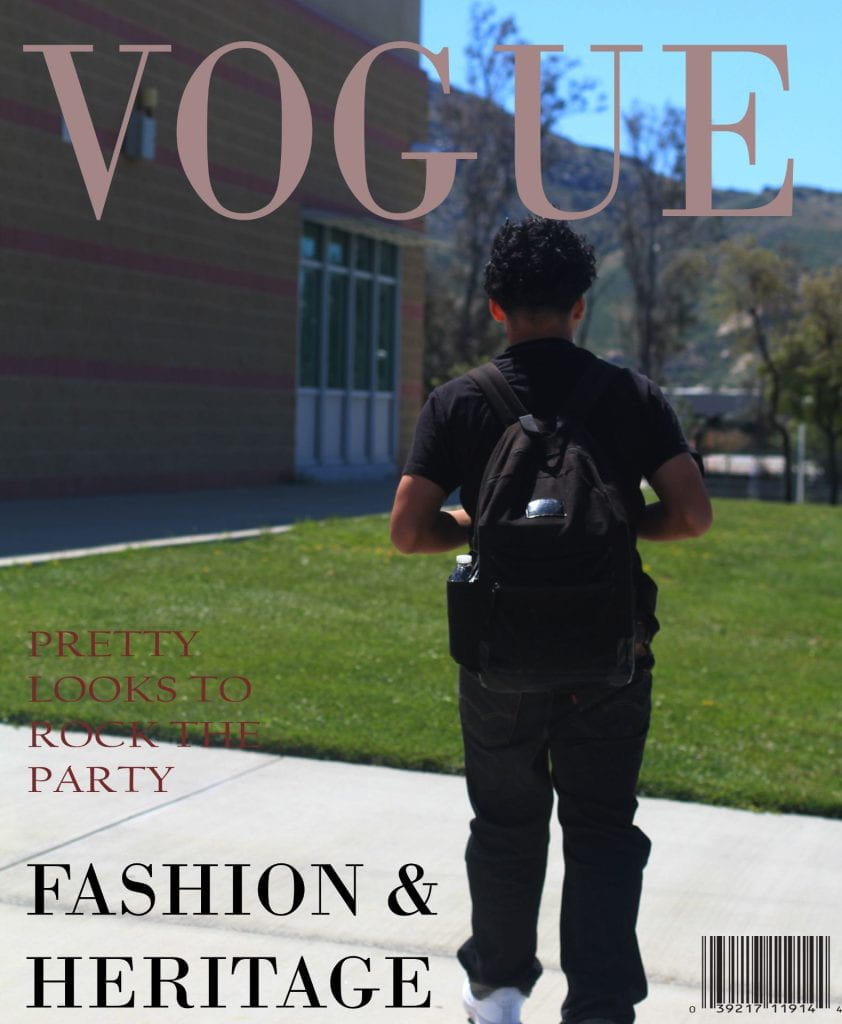
BARBARA KRUGER STYLE

to the new photographers
You will not regret picking photography as an elective because its super fun and you get to use actual cameras and study about lighting in pictures for them to come out good. You can also learn the history of cameras, who invented photography and what the first ever camera looked like back then. The teacher is really nice and will help you with your work and give suggestions on your pictures. You can go outside and inside the school to capture moments with the camera depending on your assignment. One assignment I really liked was the gel portraits because in the photography classroom u have two studios you can take your portraits.
Gel portraits are pictures with different color lighting for your background instead of it being plain white or black. You can also do more than one color and put them together for your background to come out as two colors instead of one. One assignment I did not really enjoy is the surrealistic collage, this assignment is when you add a lot of images into one picture and creating it into a meaning behind the pictures. This assignment is best for people that are really creative with their work but for me im not really creative surrealistic images no matter how much I try. Other than that, I do not regret choosing this class.
My advices are to first learn the main controls of the camera because you will struggle a lot if you don’t know the main controls. Make sure to be respectful when the teachers talking when giving out instructions because they will really help you on specific assignments. Bring back the cameras on time before leaving to lunch or your second class or else the teacher will not let you leave. Make sure you keep your pictures organized and separated in different folders because you will forget where you put your pictures. Do not copy other peoples work because you can sometimes get into trouble or just fail the assignment and having to redo it.
poetry
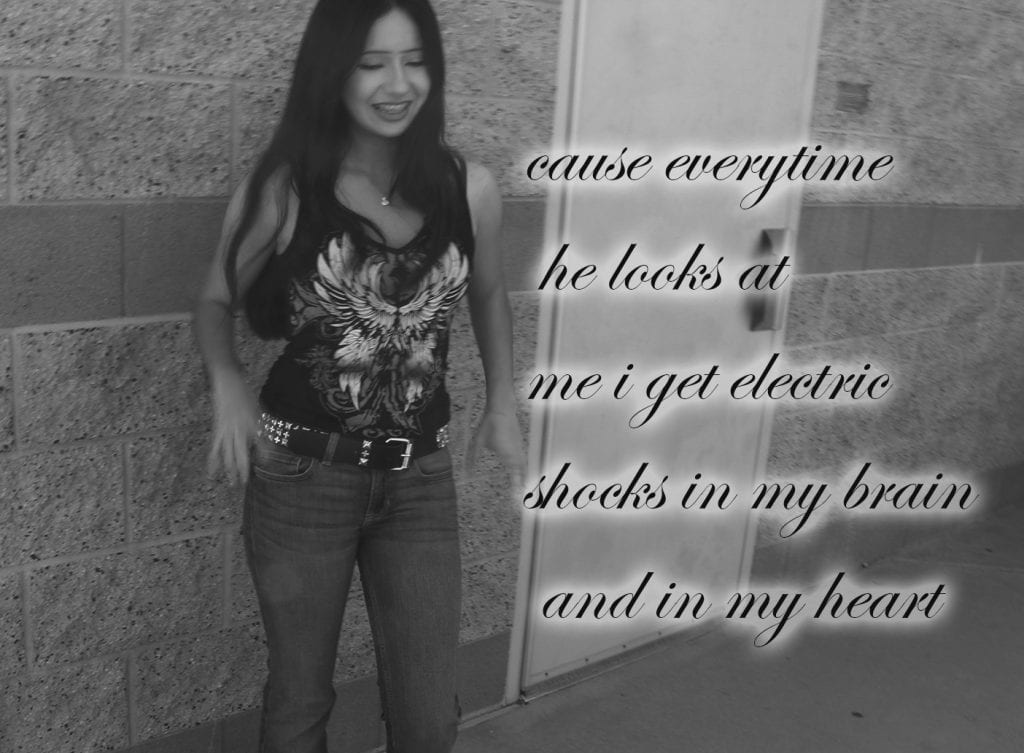
pretending to buy a camera
i choose the nikon D850 camera, it cost 2,496 dollars. the nikon camera has different types of modes, there is program auto, shutter speed, aperture priority and manual. the ISO reaches too 64-25,600. the battery of a D850 can last up too 70 minutes on a single charge. it can balance the versatile imaging features, the D850 is also equally refined in its physical design. A large optical pentaprism offering a wide field of view and 0.75x magnification affords photographers a bright, clear, and realistic view for critical shooting needs. the Nikon D850 is a multimedia DSLR that brings together robust stills capabilities along with apt movie and time-lapse recording. the sensors is used for high-resolution shooting, impressive low-light quality, and fast readout speeds to benefit continuous shooting, movies, and time-lapse recording. this camera also manages the abundance of focusing points is a dedicated AF engine, which is quick to respond to benefit tracking fast and randomly moving subjects, even at the top 7 fps shooting rate.
The AF engine also contributes to enhanced focusing sensitivity, with all points capable of focusing and working in very dark, low-contrast situations.The sensor’s design also omits the conventional optical low-pass filter in order to achieve the greatest sharpness and resolution from the sensor. The AF engine of the nikon camera also contributes to enhanced focusing sensitivity, with all points capable of focusing -4 EV for working in very dark, low-contrast situations.
mirrors
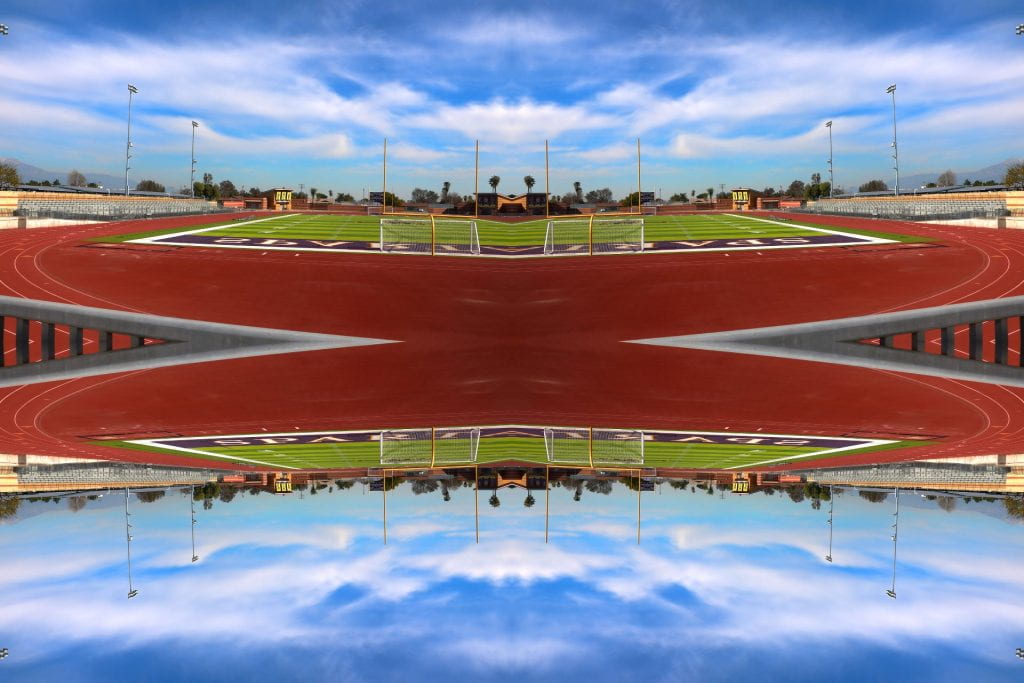
albums
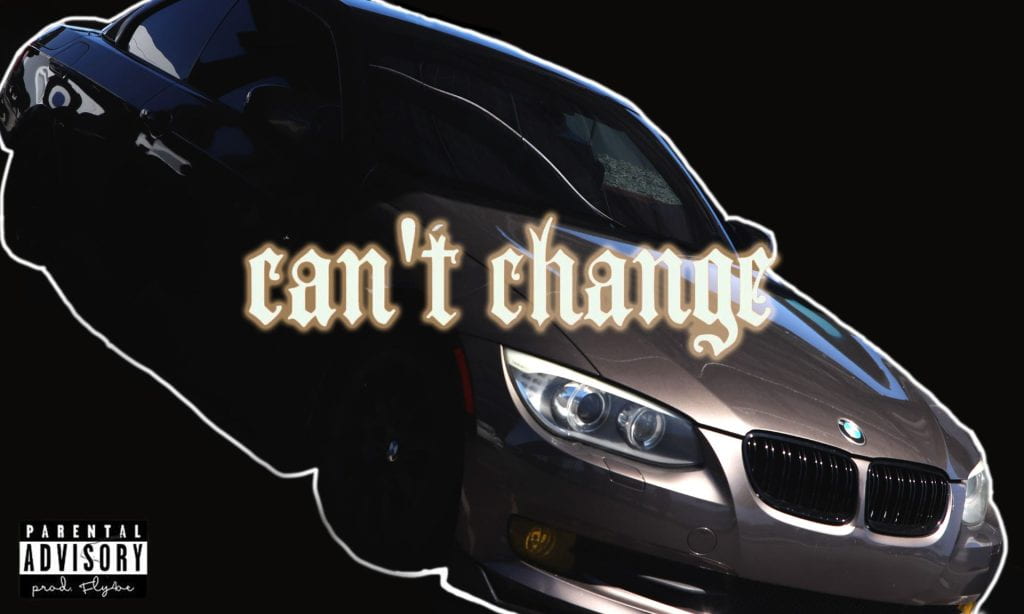
ARTIFICIAL INTELLIGENCE
artificial intelligence is also known as computational photography, is the use of AI technologies to enhance the process of capturing and editing images.While AI in software might be up-and-coming, AI has been used for years in digital cameras. There are quite a few different ways your digital camera may use AI technology. It involves the use of machine learning models and algorithms to analyze and optimize various aspects of a photograph, such as scene recognition, subject tracking, and image quality. AI can also generate images that mimic the visual appearance of a photograph. Many different photo editing software utilize AI technology to do anything from adjusting exposure and contrast, all the way to digitally removing noise or sharpening your image
Many websites (such as deepai.org) offer AI Image Generation. This allows you to create images simply by typing a few words. There are also many apps that allow you to do the same. usually AI can help photographs be more neat and with AI you can adjust the image quality and add some effects to your image.